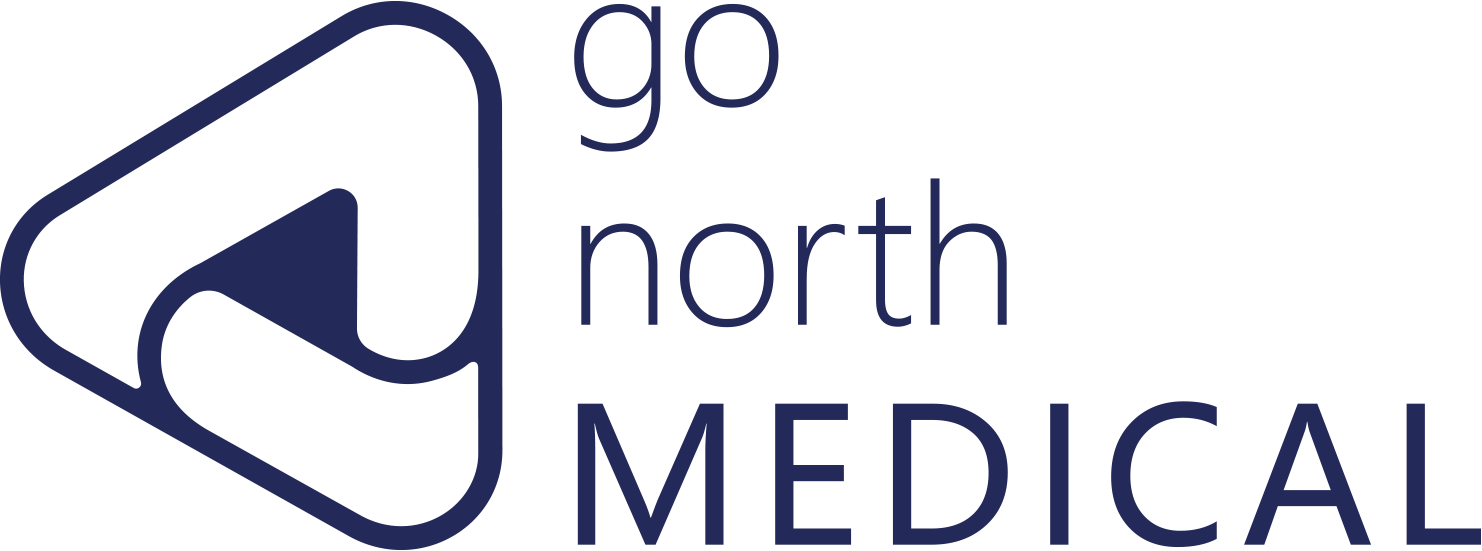Vagus nerve stimulation in patients with Lennox-Gastaut syndrome: A meta-analysis
Dibué M, Greco T, Spoor JKH, Tahir Z, Specchio N, Hänggi D, Steiger HJ, Kamp MA.
Acta Neurol Scand. 2021 May;143(5):497-508
https://doi.org/10.1111/ane.13375.
Let’s continue with the theme of Lennox-Gastaut syndrome (#LGS) and vagus nerve stimulation (#VNS). This meta-analysis by Dibué et al. (Nov. 2020) examined the effectiveness and safety of VNS Therapy in patients with LGS.
17 articles (480 patients based on data from 7 #prospective, and 10 #retrospective studies) out of 2752 citations met the inclusion criteria. The meta-analysis revealed that 54% of the LGS patients achieved a ≥50% #seizure frequency reduction following VNS Therapy (95% confidence intervals [CI]: 45%, 64%). The serious adverse events rate was 9% (95% CI: 5%, 14%).
Noteworthy, the study compared VNS Therapy with other non-pharmacological treatment options for LGS patients.
𝐊𝐞𝐭𝐨𝐠𝐞𝐧𝐢𝐜 𝐝𝐢𝐞𝐭 (#𝐊𝐃)
The responder rate of KD for LGS in the pediatric group is 47%-51% by 3-36 months of treatment[1,2]. It has a fast onset effect but requires strict food selection. A high dropout rate and limited evidence for the long-term follow-up study are the major problems for KD therapy[1].
𝐂𝐨𝐫𝐩𝐮𝐬 𝐜𝐚𝐥𝐥𝐨𝐬𝐨𝐭𝐨𝐦𝐲
Corpus callosotomy is the treatment option for LGS patients with frequent debilitating drop seizures. Compared to VNS Therapy, it is better in controlling atonic seizures but worse at reducing myoclonic seizures for LGS patients[3]. It has similar effectiveness for seizure control in LGS but risks with #craniotomy and disconnection syndrome [4].
𝐑𝐞𝐬𝐞𝐜𝐭𝐢𝐯𝐞 𝐬𝐮𝐫𝐠𝐞𝐫𝐲
Resective surgery is used for LGS patients with focal pathology[5]. Finding a definite structural lesion by electroencephalography (#EEG), magnetic resonance imaging (#MRI), and functional neuroimaging is necessary for putting patients in resective surgery, which is not suitable for the majority of LGS patients. The probability of seizure control is around 50% by resective surgery[5].
In conclusion, considering the effectiveness and safety of VNS Therapy for LGS and the early use of VNS can lead to better treatment outcomes, the study suggested the evaluation of VNS implantation for LGS patients before invasive palliative surgeries.
Ref.
1. https://www.ncbi.nlm.nih.gov/pmc/articles/PMC5649136/pdf/fneur-08-00505.pdf
2. https://pubmed.ncbi.nlm.nih.gov/22993876/
3. https://www.seizure-journal.com/action/showPdf?pii=S1059-1311%2813%2900043-5
4. https://www.seizure-journal.com/action/showPdf?pii=S1059-1311%2812%2900256-7
5.https://publications.aap.org/pediatrics/article/142/4/e20180449/37399/Long-term-Outcome-of-Resective-Epilepsy-Surgery-in?autologincheck=redirected?nfToken=00000000-0000-0000-0000-000000000000


